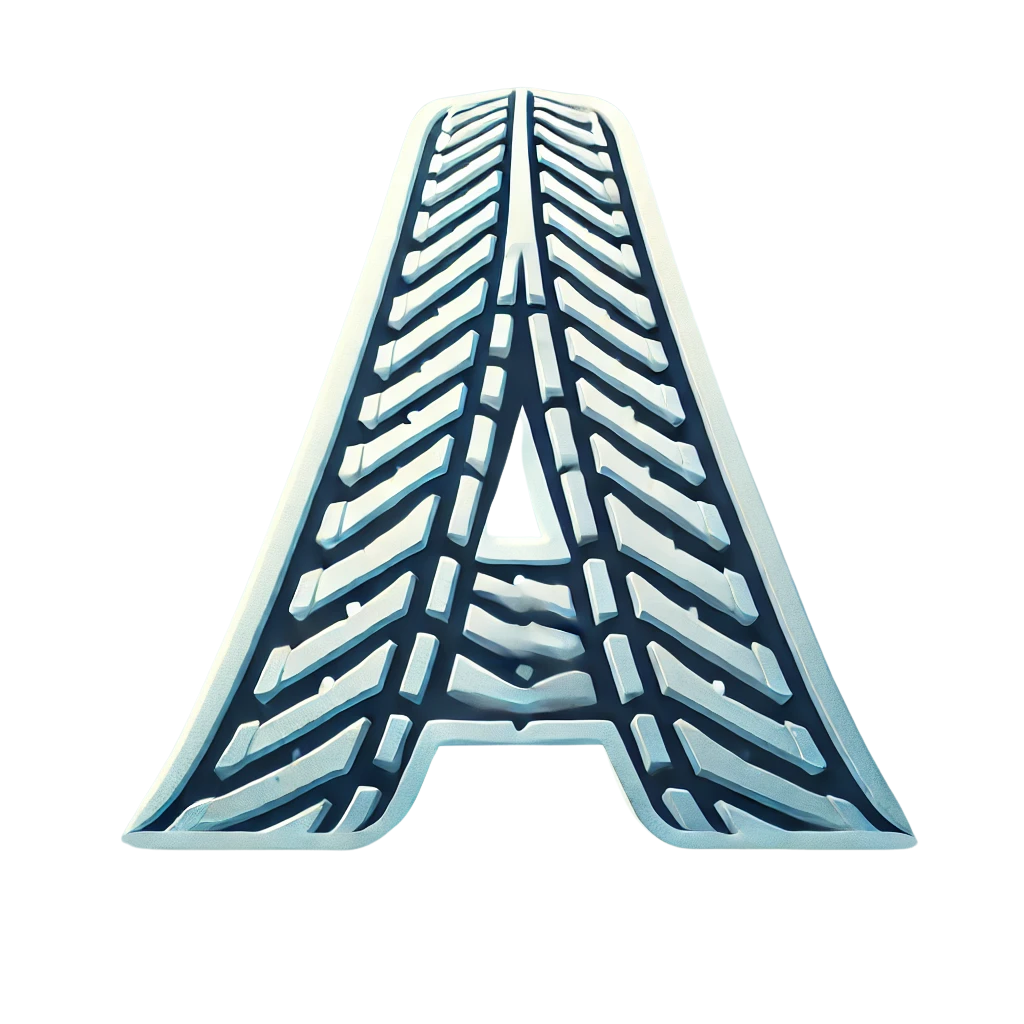Snowmobiling the Western Provinces of Canada
British Columbia's Mountain Majesty
British Columbia offers an unrivaled snowmobiling experience for riders looking to explore diverse landscapes. The province boasts deep powder, vast terrain, and breathtaking alpine views that stretch across the Rocky Mountains, Cariboo Range, and Monashee Mountains. Areas such as Revelstoke, Golden, and Sicamous have become legendary in the snowmobile community for their high snowfall and expert-level backcountry access. These locations offer everything from well-groomed trails to technical mountain climbs, appealing to both beginners and seasoned sledders.
Avalanche training is highly recommended in B.C., as much of the backcountry terrain is unpatrolled and rugged. The community is tightly knit, and local snowmobile clubs maintain maps and updates to ensure safety and access. Snowmobile-friendly accommodations and rental outfits are abundant, making it easy for travelers to gear up and ride. The province has fully embraced sled culture, with winter festivals and races further energizing the local scene.
Alberta's Pristine Prairies and Foothills
Alberta offers a wide range of snowmobiling terrain, from flat prairie runs to exhilarating mountain foothills. While the province doesn't receive the same snowfall as B.C., its consistent winter conditions and large network of organized trails make it a reliable destination. Popular areas include Whitecourt, Edson, and Grande Prairie, each offering kilometers of groomed trails with warming huts and staging areas. Snowmobilers in Alberta often enjoy easier accessibility compared to more remote regions in the west.
The Alberta Snowmobile Association (ASA) manages an extensive trail system that is well-signed and actively maintained. These trails provide opportunities for family outings, multi-day excursions, and overnight cabin stays. Alberta's snowmobiling community is known for its hospitality and its strong culture of safety and responsibility. Many regions also allow for off-trail exploration with proper permits, making it a favorite for adventure seekers looking for a balance between structure and freedom.
Saskatchewan's Lake Country and Boreal Forests
Saskatchewan may not be the first place that comes to mind for snowmobiling, but it offers some of the most underrated terrain in Canada. The province is home to thousands of kilometers of snowmobile trails, especially in the central and northern regions where lake country and boreal forests dominate the landscape. Towns like Hudson Bay, Nipawin, and La Ronge serve as snowmobiling hubs with strong local clubs and active trail grooming operations.
Frozen lakes offer wide-open speed runs, while densely wooded trails deliver tight turns and technical navigation. Snow conditions are generally reliable from December through March, with groomed routes often connecting multiple towns and remote communities. Snowmobilers frequently spot moose, elk, and other wildlife, adding a unique thrill to the ride. The region is ideal for those seeking solitude, scenic beauty, and a strong connection to nature.
Manitoba's Historic Trails and Open Landscapes
Manitoba presents a diverse snowmobiling environment, combining open plains, frozen rivers, and forested corridors. The Interlake and Eastern regions are among the most popular, with towns like Beausejour and Lac du Bonnet serving as central staging areas. Riders can follow historic trade routes or carve new paths across frozen lakes and farmland. The Trans-Canada Snowmobile Trail also cuts through Manitoba, linking various regions and offering long-distance travel options.
The province's snowmobile trails are mapped and maintained by Snoman Inc., an organization that coordinates efforts between clubs and government. Manitoba is especially welcoming to touring snowmobilers, with many rural communities offering fuel stops, food, and lodging directly accessible by sled. In colder months, the riding season can extend well into April, giving enthusiasts a longer window to explore. Its flat terrain also makes Manitoba ideal for high-speed runs and family-friendly outings.
Season Timing and Weather Considerations
The snowmobiling season in the Western Provinces typically runs from late November to early April, with peak conditions occurring between December and February. Snow depth, weather patterns, and avalanche risk vary greatly depending on elevation and geography. Mountain regions may receive several meters of snow, while prairie and boreal zones rely more on consistent cold temperatures to maintain trail quality. Always check regional forecasts, avalanche bulletins, and local club updates before riding.
Dressing appropriately is essential, with moisture-wicking layers, windproof outerwear, and high-quality gloves and boots being must-haves. Visibility can shift quickly in mountainous terrain, so GPS units and paper trail maps are both highly recommended. Many seasoned riders use satellite messengers or emergency beacons when exploring deep backcountry. No matter the province, weather awareness and preparation are key to safe and enjoyable snowmobiling.
Culture, Community, and Local Support
Snowmobiling is more than just a winter activity in the Western Provinces—it's a cultural cornerstone for many communities. In towns across British Columbia, Alberta, Saskatchewan, and Manitoba, winter festivals, group rides, and charity events are regularly organized by local snowmobile clubs. These groups not only promote safe riding but also serve as the backbone of trail maintenance and land stewardship.
Riders new to the area are often welcomed with open arms, and club memberships often include access to trail maps, ride events, and safety training. Many small towns have snowmobile dealerships, repair shops, and outfitters that provide everything from gear to guided tours. The snowmobiling network in these provinces is both formal and friendly, offering a strong sense of belonging to anyone who joins in.
